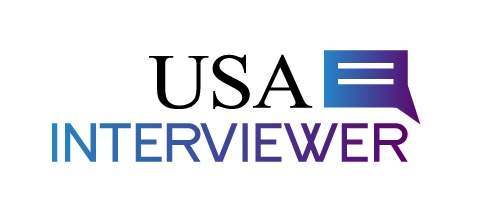Jobless claims rose by 11,000 last week in another sign the economy is slowing down.
The good news on inflation continues, with producer prices falling 0.5% in March, the Bureau of Labor Statistics reported on Thursday.The number was considerably better than the flat reading expected, while the annual rate fell to 2.7% from the revised 4.9% of a month earlier. Economists had predicted a 3% rate. The annual level was the lowest reading since January 2021.
The core index, excluding food and energy, rose by 0.1% compared to 0.2% in February, while the annual rate was 3.6% – down from a revised 4.5% a month earlier.
“In March, two-thirds of the decline in the index for final demand can be attributed to a 1% percent decrease in prices for final demand goods,” the report noted. “The index for final demand services moved down 0.3%.”
Liz Young, head of investment strategy at SoFi, tweeted: “March PPI with a significant downside surprise at -0.5% m/m vs. 0% est, and 2.7% y/y vs. 3% est. While energy was a big drag, services was the weakest since Mar 2020. Cooling in demand coming through in this data.”
It was the second report in as many days showing that the Federal Reserve’s campaign to combat inflation through higher interest rates appears to be dampening the economy and driving down inflation.
On Wednesday, the consumer price index for March came in below expectations, rising by 0.1% for the month and now running at an annual rate of 5%, down from 6.4% in January.
Also Wednesday, the Fed released the minutes of its March meeting where interest rates were raised by 25 basis points. The minutes showed that some members favored a pause in the central bank’s campaign of hiking rates to combat inflation, while others supported a 50 basis point increase. Fed staff told officials that they thought the recent crisis in the banking sector would bring about a recession later this year.
“I still think economic weakness, a mild recession is coming,” says Bob Doll, chief investment officer at Crossmark. “A recession is likely to start somewhere between Labor Day and the end of the year.”
Separately, the Labor Department reported that first-time claims for unemployment benefits rose 11,000 last week to 239,000. The four-week moving average was 240,000, an increase of 2,250.


